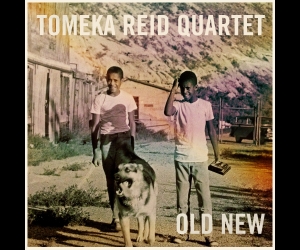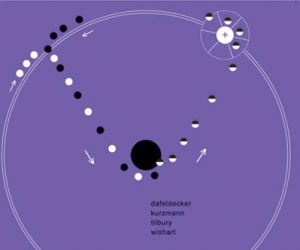
The music of Eleanor Hovda, (1940–2009), reflected her various concerns and interests in dance and movement and, by extension, space and breath. This is evidenced in The Eleanor Hovda Collection, with most of the recorded music stemming from the final twenty years of her career. Her compositions deal with placement of sound: the distribution of sounds in a space; the position of pitches relative to each other; and the interrelationships between instruments in a piece. The music sounds loose and intuitive but, as musicians who worked with Hovda assert in the recording’s liner notes, she was very precise in the sounds she wanted to hear. Song in High Grasses, for instance, calls for a soprano to alternate between whispering and soft, high yodels. The latter sounds are at times echoed by the flute and cello, the flutist using inhalations as well as exhalations in the music, while the cellist creates a variety of timbres and overtones by moving with the bow between the fingerboard and the bridge. A piano emits a soft drone as its strings are bowed. It is as if the musicians feel their way through the expanse that Hovda has defined within each score. One expression she used in this context was “excavation,” the exploration and uncovering of things that have lain hidden. It is this exploratory quality that makes most of her music, as presented in this set, one consistent whole.


